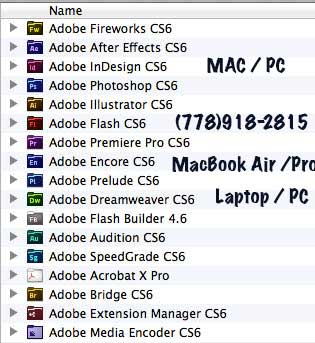
- QUICKEN 2017 HOME AND BUSINESS CRASHING DURING SCAN TWAIN HOW TO
- QUICKEN 2017 HOME AND BUSINESS CRASHING DURING SCAN TWAIN FULL
Once I’ve started painting, I may make a decision to add some contrast or introduce a new colour. I’m just lost in the joy of watching pigment, water and paper interact. At these moments, I’m not trying to represent a place. Some days, especially when my CFS is bad, I will sit and paint whatever comes out. SR: There is no single process, and, if I’m honest, I sometimes find it hard to understand what is going on.
QUICKEN 2017 HOME AND BUSINESS CRASHING DURING SCAN TWAIN HOW TO
how you decide what to paint and how to represent it? How much of what you draw is based on memory versus painting “live”? In my head, I have this huge store of images and feelings of a life in the natural world, after a career as an ecologist, and a feeling that I could let go and explore who I am through my painting. Since then, I have painted virtually every day. It clearly used a different part of my brain. I had no energy I could not read and on some days I even struggled to speak. This was not what I planned, but suddenly I had time to focus on painting. I had to stop work and I was eventually forced to retire at the age of 57. This is such a debilitating illness, which sucked the energy out of me and left me with reduced cognitive function (the doctors called it ‘brain fog’). Then in 2019, I became ill and was eventually diagnosed with Chronic Fatigue Syndrome (CFS) or Myalgic Encephalomyelitis (ME). I also had two amazing years spending time with brilliant ecologists, political scientists and psychologists in Sweden. I especially loved working with the Snow Leopard Trust, Nature Conservation Foundation, and with academics from a wide diversity of disciplines. The teaching was great, I was working on some fascinating research and field projects with some wonderful people around the world. RedpathĪfter 10 years, I had manoeuvered my University job into something that was very stimulating. One was to focus my academic life on human-wildlife conflict, which I found fascinating, and, secondly, to retire from my job at Aberdeen University at 60 years old and pursue a life as an artist. It also shut out the endless noise that was in my head. I drew and painted and filled up books with, what were, to be honest, mostly pretty dreadful paintings, but the process of painting was so exciting and mesmerizing.

A couple of things really helped me out of this horrible time: my lovely family and art.
QUICKEN 2017 HOME AND BUSINESS CRASHING DURING SCAN TWAIN FULL
However, I did particularly enjoy teaching and interacting with lively, young, ecologists full of passion for doing something positive in the world.Ībout 15 years ago, I started struggling with my mental health, and in 2009 I had a breakdown.

But slowly I got sucked into management and committees and grant writing etc., which I didn’t enjoy so much, although it did have its rewards. I spent 13 glorious years collecting data and, yes, watching birds. I followed that up with a PhD and a job at the Institute of Terrestrial Ecology. A job watching birds all day! So, I set course for a degree in Ecology, which I did at Leeds University in the north of England. I met a friend of my parents when I was 10 years old and he said I could get a job as an ecologist, which I thought was amazing. The woollen mill was in a beautiful part of the world, and I spent much of my childhood outside, birdwatching, looking for nests, tickling fish and just messing about. I grew up in a creative household-my parents were weavers in west Wales-so there were always books on art and colour and design lying around.

My earliest memories are of birds and landscapes and associated feelings of joy and connection. Steve Redpath: I have always had a deep love of the natural world. Tell us about the origins of this interest, and what motivated you to make this switch at this point in your career? Hari Sridhar: In 2019, after spending over 30 years working as an ecologist, you decided to take up landscape painting.

In a conversation conducted over email, Hari Sridhar and Manini Bansal asked Steve Redpath about this decision, where his art draws ideas and inspiration from, and how being a scientist has influenced how he paints the natural world. RedpathĪfter working as an ecologist for over 30 years, Stephen Redpath decided to retire early from his professorship at the University of Aberdeen and take up landscape painting full time. The above image is titled ‘Cliffs’ © Stephen M.


 0 kommentar(er)
0 kommentar(er)
